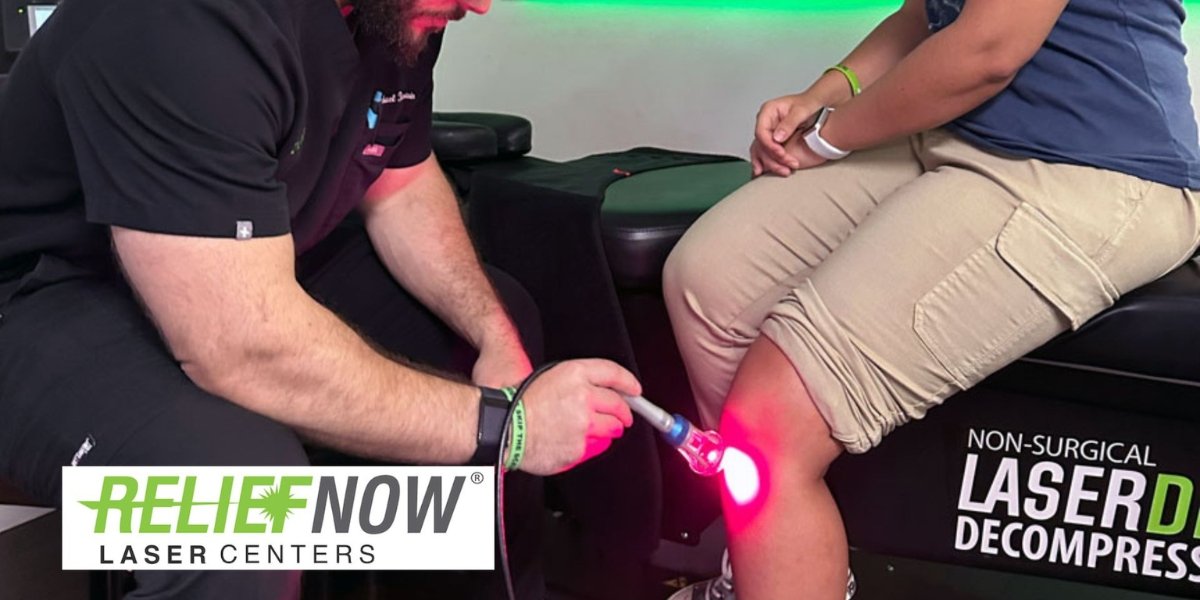In the competitive world of entrepreneurship, finding a niche is one of the most important steps for any creative business. A well-defined niche allows entrepreneurs to target a specific audience, differentiate themselves from competitors, and build a brand that resonates with those they aim to serve. By identifying their unique strengths, passions, and understanding the market, creative entrepreneurs can position themselves for greater success and growth. This article explores the process of finding a niche for your creative business and how narrowing your focus can lead to a more effective and sustainable business.
Read also: Technology Adoption Lifecycle: From Early Enthusiasts to Mainstream Markets
The Importance of Identifying a Niche
In any business, standing out in a crowded market is a constant challenge. This is especially true for creative entrepreneurs, who often face the task of differentiating their artistic vision from countless other creatives in the same field. By identifying a specific niche, creative individuals can carve out a unique space for their business and make it easier for potential customers to find and connect with their offerings.
A niche is not just about narrowing the scope of a product or service; it’s about focusing on a specific segment of the market that aligns with your strengths and passions. By narrowing down the target audience and the type of product or service offered, entrepreneurs are better able to meet the needs of a specific group of people, which can lead to higher engagement and more meaningful connections with clients. This focused approach helps to clarify a business’s brand identity, allowing it to stand apart from competitors in the industry.
Moreover, identifying a niche can help save time and resources. Instead of spreading efforts thin across a broad audience, a well-defined niche allows creative entrepreneurs to direct their marketing, branding, and product development to those who are most likely to appreciate and invest in their work. It is this targeted approach that can drive more opportunities and sustainable growth for the business.
Evaluating Your Strengths and Passions
The first step in finding your niche is evaluating your strengths and passions. Creative entrepreneurs often enter the business world because they are passionate about a particular craft, art form, or service. To build a successful business, it is essential to understand what sets you apart from others in your field. Reflecting on your unique talents, skills, and experiences will help clarify what makes your creative output distinct.
When evaluating your strengths, it’s important to ask yourself what you excel at and where you can offer the most value. For instance, a graphic designer may be particularly skilled at minimalist design or have a strong preference for working with certain types of clients. By identifying what you do best and what excites you, you can create a business around those strengths and passions. Passion is a key driver for success in any creative field, and when you love what you do, it will be easier to commit the time and energy required to build a successful business.
At the same time, entrepreneurs should be mindful of their personal values and vision. A niche should align with what you believe in and want to contribute to the world. The more deeply your business aligns with your passions, the more authentic and sustainable it will feel to both you and your audience. An authentic niche allows entrepreneurs to build a brand that reflects their true self, which leads to greater fulfillment and stronger connections with customers.
Understanding the Market and Identifying Gaps
While it’s important to focus on your strengths and passions, a successful niche must also consider market demand. A niche that perfectly aligns with your creative abilities but lacks an audience or customer base will be difficult to sustain in the long run. Therefore, evaluating the market and identifying potential gaps is a crucial aspect of finding the right niche.
Market research is essential in understanding the needs and preferences of potential customers. Creative entrepreneurs should take the time to explore existing competitors in their field and identify what they are offering. By examining current trends, customer pain points, and underserved areas of the market, you can identify opportunities where your skills and products can fill a need. This insight will help you position your business in a way that provides value to a specific target audience.
For example, a photographer with a passion for capturing nature might find that there is a growing demand for eco-friendly wedding photography services. By focusing on this niche, the photographer can align their personal passions with a market trend and establish a brand that attracts customers who value sustainability. Understanding market needs allows creative entrepreneurs to carve out a unique space in the industry while ensuring that there is an audience ready to engage with their offerings.
Narrowing Your Focus to Target a Specific Audience
Once you have evaluated your strengths, passions, and the market, the next step is narrowing your focus to target a specific audience. This step is critical for defining your niche and creating a strong brand identity. When targeting a specific audience, it’s essential to understand their unique needs, preferences, and behaviors. The more focused your audience, the more precisely you can craft your messaging, marketing, and products to meet their expectations.
Narrowing your focus doesn’t mean limiting your potential; rather, it means tailoring your business efforts to those who are most likely to appreciate and invest in what you offer. For example, instead of trying to appeal to all fashion enthusiasts, a fashion designer might choose to focus on sustainable fashion for young professionals. By honing in on a specific demographic, the designer can create a more personalized and relevant experience that appeals directly to that group.
Additionally, a focused approach makes it easier to establish a strong brand presence. When you clearly define who your audience is, you can craft a brand message that speaks directly to their needs and values. This targeted communication helps build trust and loyalty, which are essential for the long-term success of any creative business.
Finding your niche is a vital step in the journey of any creative entrepreneur. By evaluating your strengths, passions, and the market, you can define a unique space where your business can thrive. A well-defined niche not only allows you to stand out from competitors but also helps you attract the right audience and build meaningful connections. It enables you to focus your efforts, making your brand more identifiable and your business more sustainable. Through thoughtful reflection and market analysis, creative entrepreneurs can carve out a niche that aligns with their skills and passions while offering value to their target audience.
Read also: Staying Ahead: The Art of Continuous Innovation in Competitive Markets










